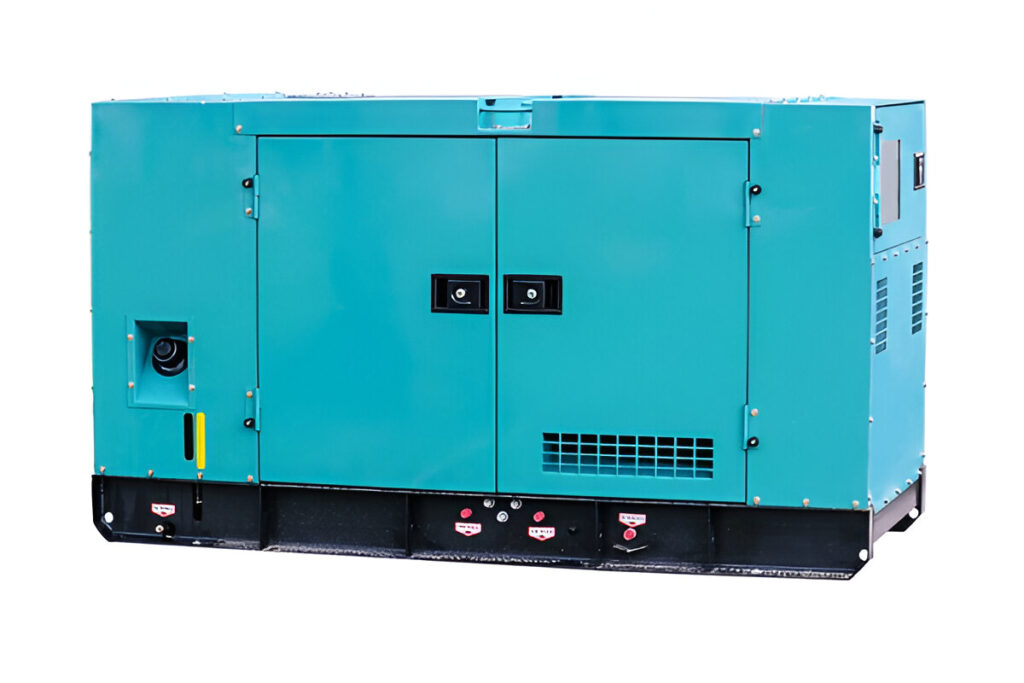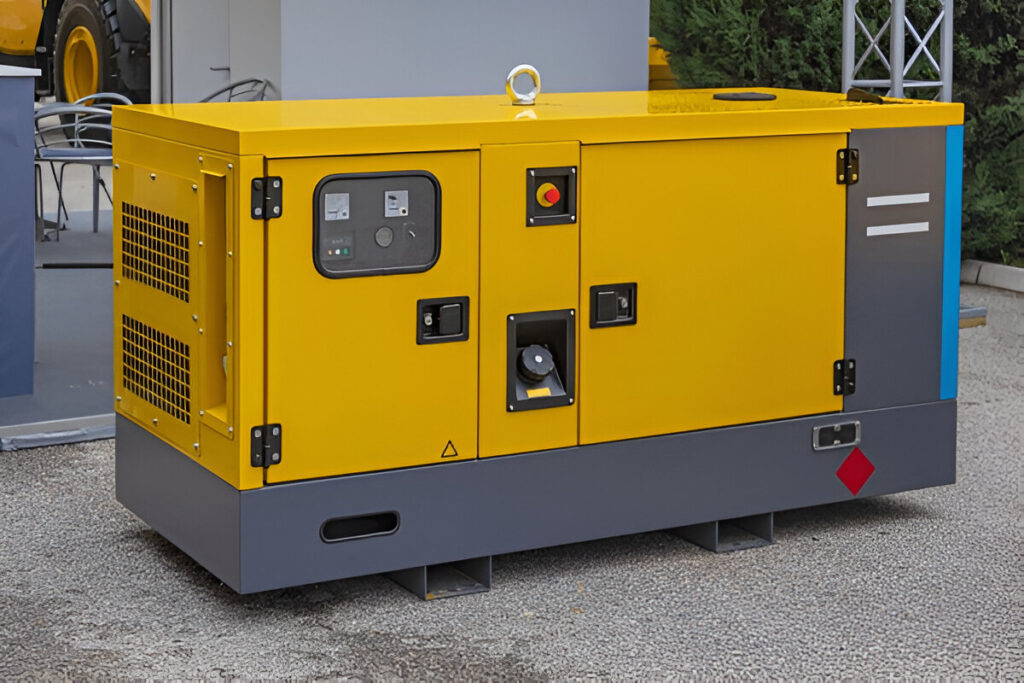When you invest in a generator with Canadian utility providers in mind, it’s important to ensure that your generator is properly registered. This step is crucial for compliance with local regulations, safety, and to ensure that your generator integrates smoothly with the national grid if needed. The registration process may seem daunting, but it’s a necessary part of owning and operating a generator, especially if you intend to use it as a backup power source or in case of emergencies.
In this blog, we’ll guide you through the process of registering your generator with Canadian utility providers, what steps are involved, and why it’s important to do so.
Why Register Your Generator?
Before diving into the steps, it’s essential to understand why registering your generator with Canadian utility providers is necessary. The Canadian government and utility companies require that generators be registered to:
- Ensure Safety: Registration helps ensure that your generator operates in a safe manner and is compliant with local building and electrical codes.
- Prevent Backfeeding: Unregistered generators can sometimes cause “backfeeding”—the flow of electricity from your generator back into the power grid. This can pose a serious risk to utility workers and even damage the grid infrastructure.
- Power Reliability: Registered generators are easier for utility providers to monitor, which helps maintain reliable power in the area, especially during emergencies or outages.
Step-by-Step Guide to Register Your Generator
1. Understand Local Regulations
Before registering your generator with Canadian, it’s essential to familiarize yourself with the local regulations in your area. Each province or territory in Canada may have slightly different rules regarding generator registration, especially when it comes to integrating with the utility grid. For example, in Ontario, you might need to submit a generator registration form to Hydro One, while in other areas, registration may be handled directly through the provincial utility provider.
To avoid any confusion, contact your utility provider or visit their website to check the specific requirements for your location.
2. Prepare Required Documentation
Once you understand the requirements, it’s time to gather the necessary documents. Typically, you will need:
- Generator Model and Serial Number: You’ll need to provide detailed information about your generator, such as the make, model, and serial number.
- Electrical Load Details: The utility company will want to know the total electrical load the generator can handle, as this helps them assess the compatibility with the grid.
- Installation Details: If you’ve had the generator professionally installed, you may need to submit an installation report or certificate from a licensed electrician to verify that it meets safety standards.
3. Submit Your Registration Application
Once you’ve gathered all the required information, you’ll need to submit your application for registration. Depending on your location, this might be done online or by mail. Some utility companies even have a dedicated portal for generator with Canadian registrations.
For example, if you’re located in British Columbia, BC Hydro offers an online application form for generator registration. On the other hand, Hydro Ottawa may require you to mail in a hard copy form.
4. Install a Transfer Switch
In most cases, to register your generator with Canadian utility providers, you will need to install a transfer switch. A transfer switch is an essential component that prevents your generator from feeding power back into the grid, a dangerous situation known as “backfeeding.” It also ensures that power from your generator doesn’t flow to any connected appliances or the grid unless you intend it to.
The installation of a transfer switch must be done by a licensed electrician to meet electrical safety codes. Your utility provider may ask for proof that the transfer switch has been installed before your generator is registered.
5. Wait for Approval
After submitting your application and ensuring that all safety measures are in place, the utility provider will review your registration request. This can take anywhere from a few days to a few weeks, depending on the provider and your location. Once approved, you will receive confirmation that your generator with Canadian utility providers is officially registered.
6. Maintain Your Generator’s Registration
It’s important to keep your generator with Canadian registration up to date. If you make any changes to your generator, such as upgrading its capacity or moving it to a different location, you may need to re-register it. Similarly, annual maintenance checks and inspections will help ensure that your generator continues to meet safety and operational standards.
Final Thoughts
Registering your generator with Canadian utility providers is a crucial step in ensuring your generator operates safely, efficiently, and in compliance with local regulations. Whether you’re using your generator as a backup power source for your home, farm, or business, following the proper registration process helps prevent risks like backfeeding and ensures that your generator is seamlessly integrated with the grid if necessary.
Remember, always consult your local utility provider for specific registration requirements and seek professional installation if you’re unsure about the technical aspects of setting up your generator.
By taking the time to register your generator and follow the proper safety protocols, you can enjoy peace of mind knowing that your power supply is reliable and compliant.





